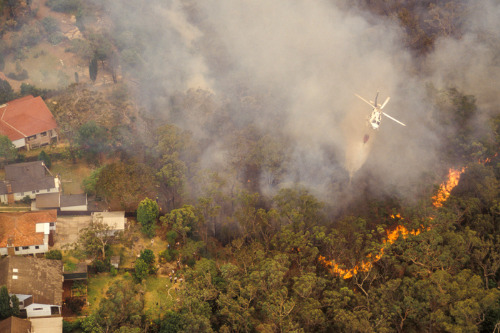

From forest fires to floods, many households have been dealing with the stress of natural disasters on top of the stress of the pandemic. However, amid chaos comes opportunity – and insurers and brokers now have a unique chance to show policyholders their strengths and offer creative solutions during a time of crisis.
Jim Eso, the senior vice president of loss adjusting at Crawford and Company (Canada) Inc, told Insurance Business that “forest fires in British Columbia, wildfires in the Prairies and tornados in Ontario have been here for many years they’re just increasing in frequency.”
“As professionals in the risk management industry overall, we should all be acutely aware of the need to be very prepared ahead of time, not reacting after the fact,” said Eso. “That is where I think, overall, our industry still has work to do. The times in between catastrophes are when we should be spending a lot of time planning for the next one.”
Preparation and proactive mitigation efforts are vital when handling catastrophe claims, especially during a pandemic where there are more challenges due to restrictions on elements like site access.
“From a broker perspective there’s two aspects of it; there’s helping their clients prevent losses from happening in the first place, but there’s also making sure that they’re prepared when the worst does happen that they have the right systems in place,” Eso explained.
“Reviewing the coverages at policy inception before the actual loss happens is key,” Mike Alwyn, president of Sedgwick in Canada told Insurance Business. Brokers should be making sure that the insured know what coverages are available, explain what the limits are and what the expectations should look like following a loss.
Alwyn also emphasized the importance of brokers having multiple channels for clients to contact them. Clients are looking for acknowledgment that someone is starting a claim investigation when a catastrophe occurs, and brokers must be prepared to explain coverage to the insured and follow up about the status of the claim whether it be digitally or in person.
“An indirect result of the pandemic is the drive for virtual collaboration and digital solutions,” said Eso. From high quality photo apps, drone technology to 3D camera imagery, Eso noted that “there’s a lot of new technology coming to the floor and claims adjustors are making use of that new technology to enhance both the experience of the customer and speeding up the outcome of claims.”
The pandemic has also given developers the opportunity to establish various self-service apps quickly to complete remote inspections, allowing assessors on to a site to capture an image so the claim can get started while waiting for emergency services in the area to open. “We can deploy self-service to people who are already on the ground, because access to sites is a challenge,” Eso said.
Self-service apps also provide insurance companies with an early indication of the types of losses they will be handling and helps mitigate risk and boosts planning to have the necessary resources in place.
“We’re seeing a lot more technology-based solutions when it comes to catastrophe and restoration work… taking a look at properties remotely has taken off over the last 16 months, it’s been impressive,” said Alwyn.
